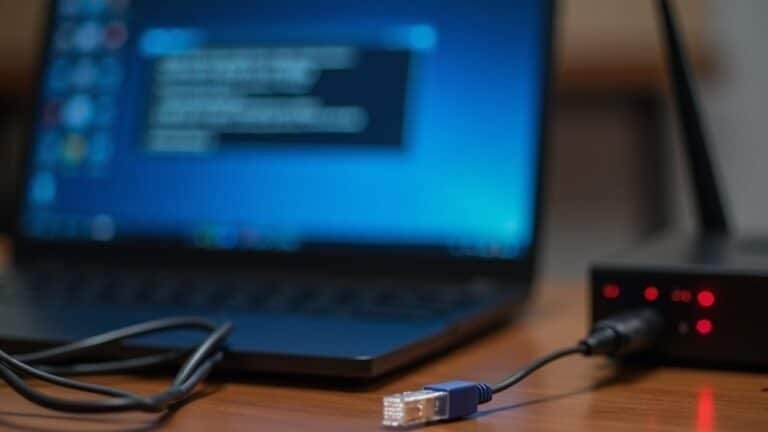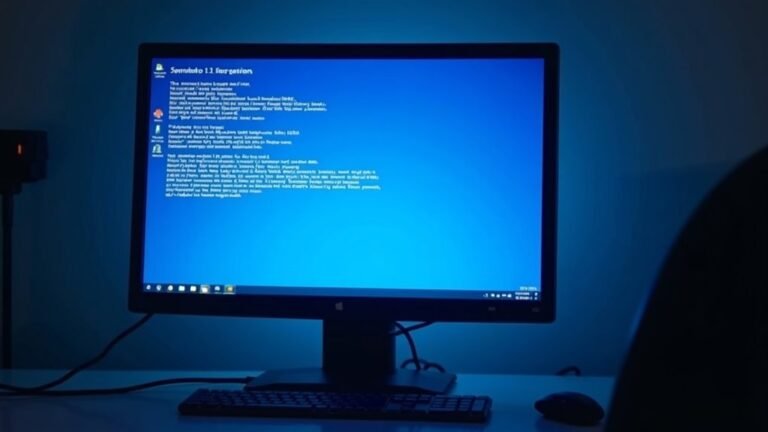ASUS ZenBook Camera Not Working Windows 11: Fix ASUS Camera Issues
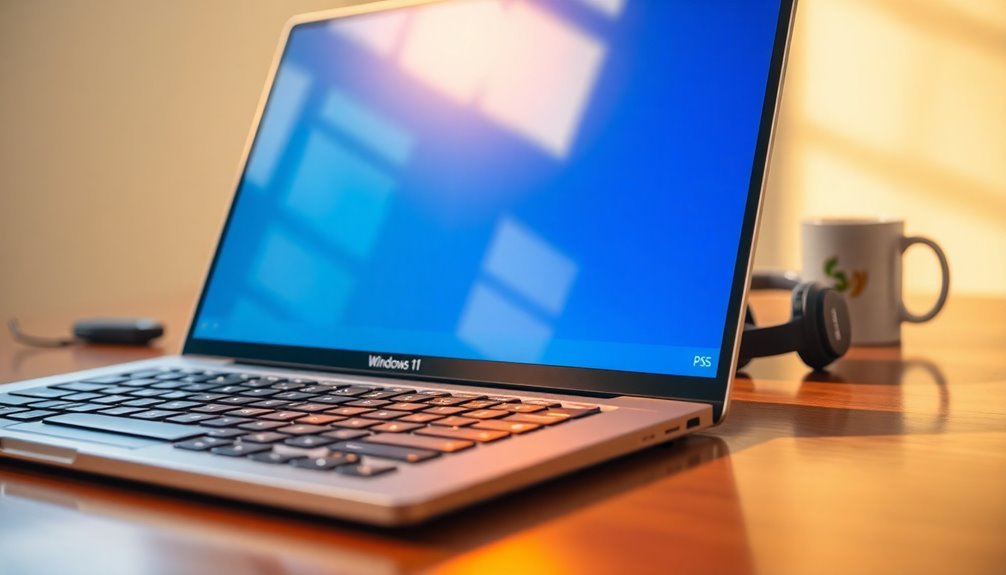
If your ASUS ZenBook camera isn’t working on Windows 11, start by checking your privacy settings. Ensure that camera access is enabled for your applications.
Next, try restarting both the camera app and your computer. It’s also a good idea to clean the lens and toggle the camera using the Fn + F10 key.
If these steps don’t resolve the issue, consider updating or reinstalling the camera drivers from the ASUS website. There are additional troubleshooting tips available to help you get your camera back online.
Common Causes of ASUS ZenBook Camera Issues
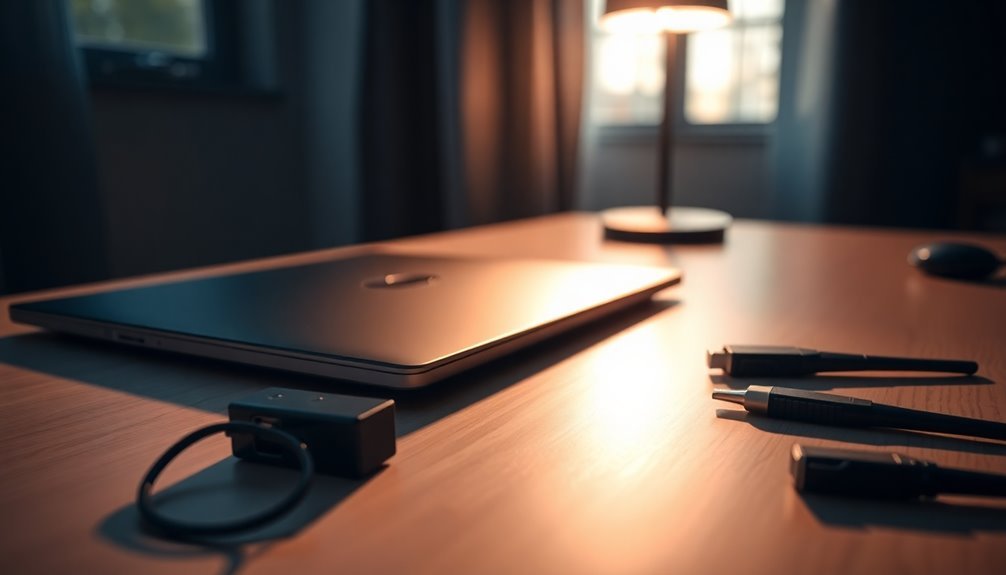
If you’re experiencing ASUS ZenBook camera issues, several common factors could be at play, including hardware problems, drivers, software settings, and firmware glitches.
First, check if your integrated webcam is disabled in the BIOS settings or through a physical key, such as the F10 hotkey, which may prevent the camera from activating. Additionally, ensure there’s no dust or debris on the lens, as this can significantly degrade image quality. Initial Camera Inspection is also essential, as it helps identify any obstructions or physical issues with the camera.
It’s also wise to inspect for any loose connections, as these can lead to intermittent detection issues.
On the driver front, outdated or corrupt camera drivers are frequent culprits, particularly following Windows updates, which may not install properly.
In such cases, you might need to reinstall the camera drivers to resolve the problem.
Don’t forget to review the software settings as well. Windows privacy settings might block camera access, and incorrect configurations in certain applications can result in malfunctions.
Methodically addressing these potential issues is crucial for restoring full functionality to your ASUS ZenBook camera.
Basic Troubleshooting Steps for ASUS Camera Problems
To effectively troubleshoot ASUS camera issues, it’s important to follow a few simple steps.
Begin by checking your privacy settings to ensure that camera access is enabled. Navigate to Settings > Privacy & Security > Camera, and confirm that individual app permissions are correctly set. This is crucial because camera access is necessary for apps to function properly.
Next, restart the default Camera app and test it on different applications such as Zoom or Skype. If the camera is still not functioning properly, restart your computer and look for any errors within the Windows Camera app.
Inspect the camera for any obstructions or dirt on the lens; if necessary, clean it carefully. Ensure that any physical privacy covers are fully opened and that no external devices are blocking the camera’s path.
Additionally, remember to use keyboard shortcuts like Fn + F10 to toggle the camera on or off.
Finally, take advantage of the built-in Windows troubleshooting tools located in Settings > System > Troubleshoot. These tools can help identify and resolve any issues automatically, enhancing your experience with your ASUS camera.
Driver Management and Reinstallation Procedures
To ensure optimal performance of your ASUS camera, it’s crucial to download the latest official ASUS camera drivers directly from the official ASUS website.
Avoid using generic drivers, as they may not provide the best functionality.
Once you have downloaded the appropriate drivers, install them directly on your system.
Finally, restart your computer to ensure seamless integration with Windows 11.
This straightforward process will help you achieve the best performance from your ASUS camera.
Adjusting Windows 11 Settings for Camera Access
To enable camera access on your ASUS device running Windows 11, follow these essential steps after updating your camera drivers.
Begin by opening the Start menu and navigating to Settings. From there, select Privacy & security, then click on Camera. Ensure the top toggle labeled “Camera access” is set to On. This step is crucial, as having it off will prevent any applications from using your camera.
Next, adjust the permissions for specific apps like Zoom, Skype, or your preferred web browser to gain camera access. Additionally, for desktop applications not installed via the Microsoft Store, you’ll need to enable the option “Let desktop apps access your camera.”
It’s important to note that while browser permissions typically reflect system settings, you may also need to make adjustments within your specific browser settings for optimal functionality.
These modifications are effective immediately; therefore, there’s no need to reboot your device. With these adjustments, you’re all set for seamless video calls and streaming sessions.
User-Reported Fixes and Workarounds
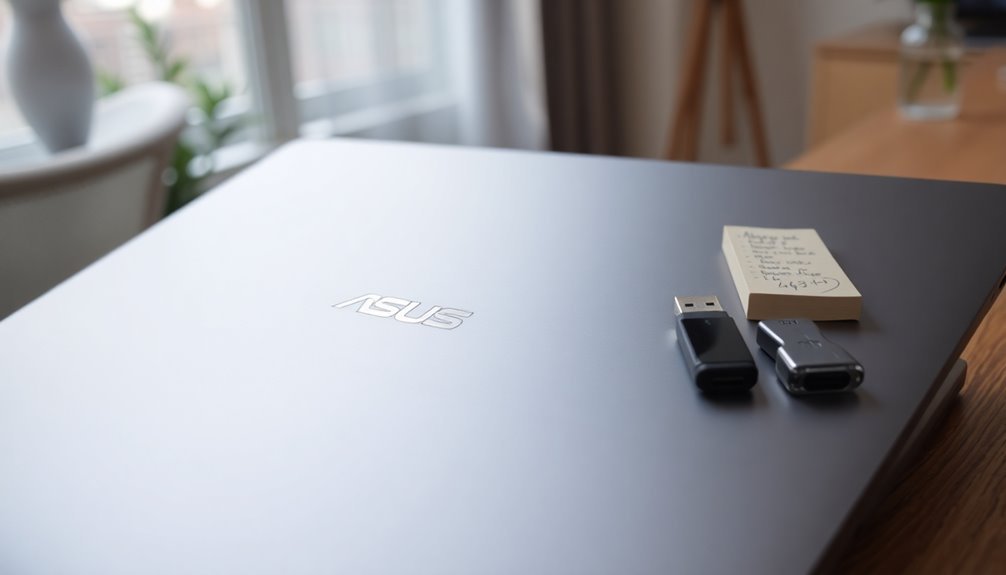
If you’re experiencing camera issues on your ASUS device, you’re not alone. Many users have shared effective fixes and workarounds that can help resolve these frustrating problems quickly.
A widely recommended method is to uninstall and then reinstall the camera drivers using Device Manager. This can fix driver corruption and is often more reliable when done through the official ASUS support website.
Additionally, it’s important to check if your camera is accidentally disabled. A simple function key toggle, such as Fn + F10, can usually reactivate it.
Make sure to test your camera in various applications, including the Windows Camera app, Microsoft Teams, or Zoom, to determine if the issue lies with app permissions.
Don’t forget to inspect the camera lens for any obstructions that might interfere with functionality, and consider using Windows’ built-in troubleshooting tools to diagnose and fix any issues.
These user-reported solutions aren’t only simple but often overlooked, making them a great starting point for anyone facing camera problems on their ASUS device.
Technical Recommendations From ASUS Support
If you’re encountering camera problems or want to ensure optimal performance on your ASUS device, implementing ASUS support’s technical recommendations can yield impressive results.
Begin by accessing Device Manager; if your camera is disabled, simply re-enable it under the Cameras or Imaging Devices sections. Should you suspect that corrupted drivers are the culprit, uninstall the camera driver and select “Delete the driver software for this device.”
Afterward, utilize the “Scan for hardware changes” option to allow Windows to automatically reinstall the driver.
It’s crucial to confirm that camera access is enabled in your Windows 11 Settings and that app-specific permissions are correctly configured. Don’t forget to inspect the camera hardware for any obstructions, and verify that it’s not disabled in the BIOS settings.
Take advantage of the built-in Windows troubleshooting tool to diagnose common camera-related issues. Lastly, always ensure your drivers are up to date by checking the official ASUS support site.
When to Seek Professional Help for Camera Malfunctions
When to Seek Professional Help for Your ASUS Camera Malfunctions
If you’ve attempted basic troubleshooting steps on your ASUS camera without success, it may be time to consider seeking professional assistance. Below are key signs indicating that contacting camera repair experts is necessary:
- Ongoing Malfunctions: If your camera remains non-functional even after rebooting and updating drivers, it’s a clear indication of a potential hardware issue.
- Visible Damage: Inspect your camera for physical damage, such as a cracked lens or malfunctioning camera module, which may require specialized repair.
- Recurring Error Messages: Should you continue to see persistent camera error messages that aren’t resolved through standard software resets, it’s time to get expert help.
- Failure Across Multiple Applications: If your camera fails to operate in various applications, this points to a deeper problem that can’t be solved with basic fixes.
Delaying professional repairs may exacerbate hardware issues, potentially leading to higher repair costs.
Therefore, if regular troubleshooting fails, don’t hesitate—seek professional help promptly to restore your ASUS camera to optimal functionality.
Frequently Asked Questions
How Do I Know if My Camera Hardware Is Faulty?
To check if your camera hardware’s faulty, look for error messages in Device Manager, test it across different apps, and verify functionality on another device. If issues persist, hardware failure is likely.
Can Third-Party Antivirus Software Block Camera Access?
Yes, third-party antivirus software can act like a protective shield, blocking your camera access. Temporarily disabling it helps check if it’s the issue. Make certain your trusted apps are whitelisted for uninterrupted camera use.
Is There a Way to Test Camera Speed and Quality?
Yes, you can test camera speed and quality using tools like Webcamtests.com, the Windows Camera app, or DXOMARK’s evaluations. Adjust settings and record in various lighting conditions for the most accurate results.
What Should I Do if My Camera Is Physically Damaged?
Think of your camera as a delicate flower. If it’s physically damaged, inspect it closely for cracks, avoid using it, and consider professional repair. Meanwhile, use an external camera as a temporary solution.
How Long Do ASUS Camera Repairs Typically Take?
ASUS camera repairs usually take 3 to 7 business days, depending on the issue’s complexity and parts availability. For faster service, consider local authorized centers or express repair options to minimize your downtime.
Conclusion
In traversing the digital landscape with your ASUS ZenBook, a malfunctioning camera can feel like a fog obscuring your path. By following these steps, you can clear that haze and restore your device’s functionality. Whether you’re adjusting settings or seeking support, remember that tech troubles are just a pit stop, not a dead end. Stay proactive, and soon you’ll be back to capturing moments with a clear view, ready to engage and connect with the world once more.


